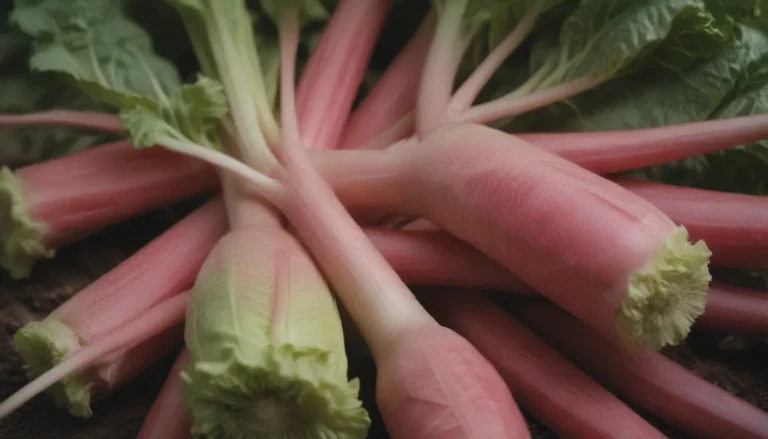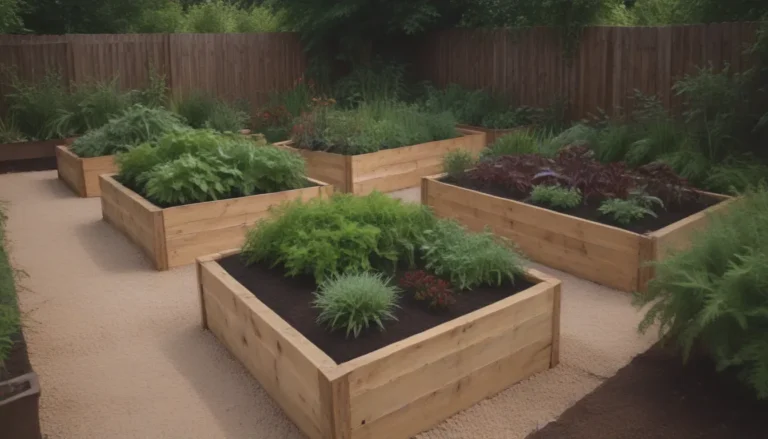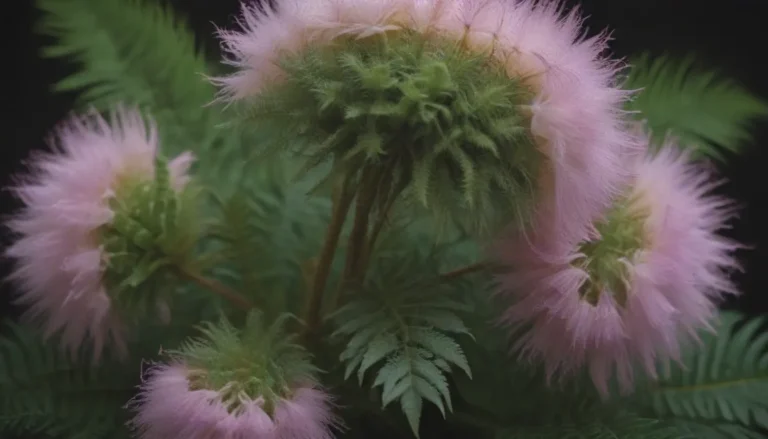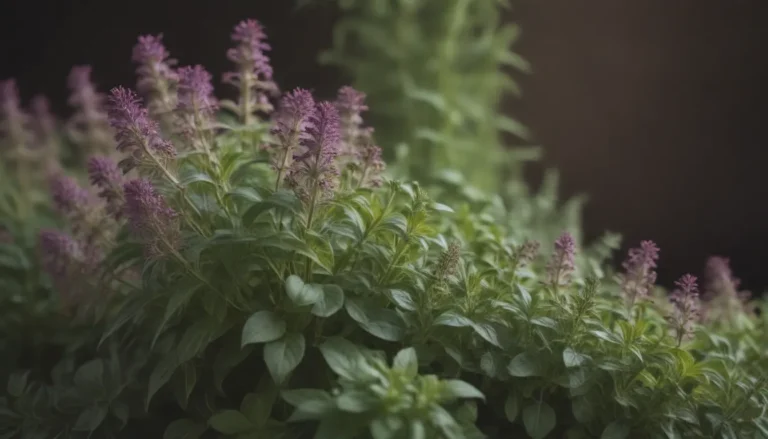Ultimate Guide to Growing Ptilotus Plants
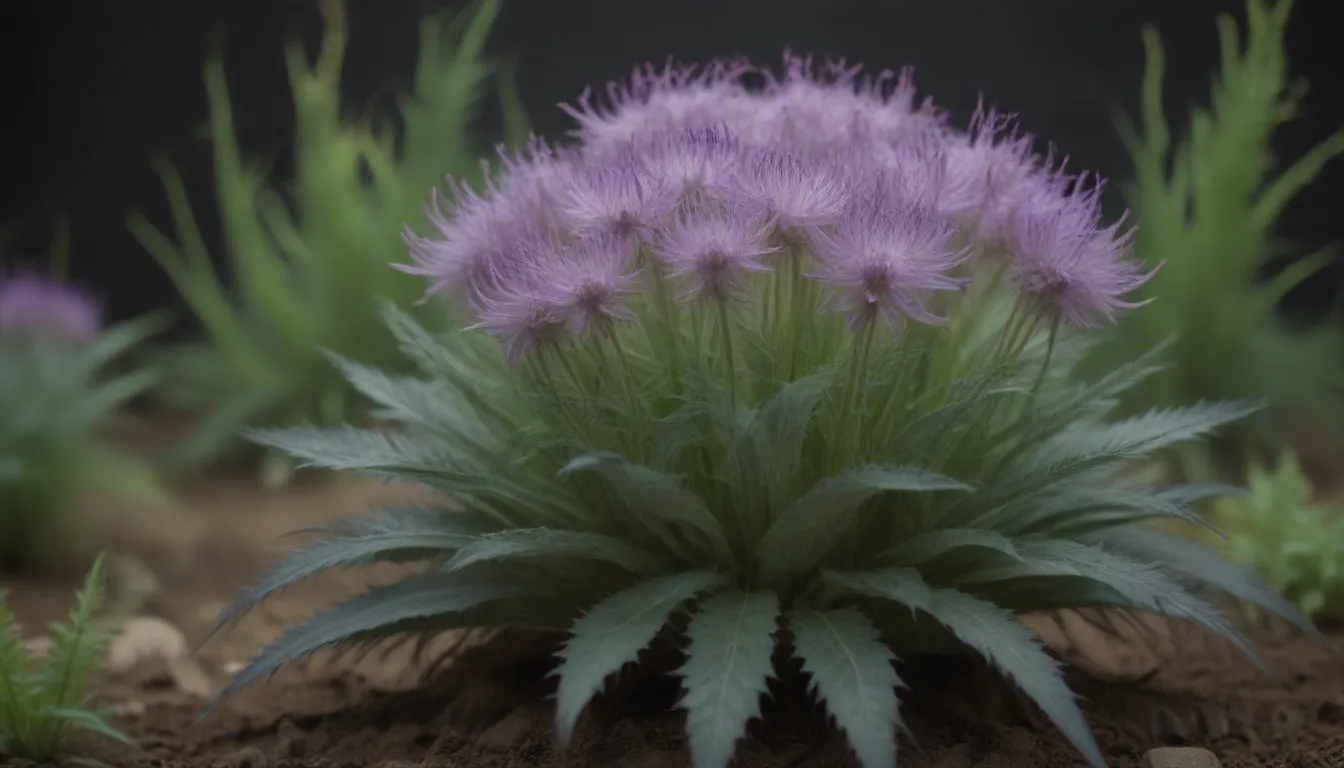
Welcome to our ultimate guide on how to grow and care for the stunning ptilotus plant, also known as Pink Mulla Mulla. This unique and spectacular plant is gaining popularity in North America for its beautiful silver-pink bottlebrush-shaped flowers. In this comprehensive guide, we will explore everything you need to know about growing, caring for, and propagating ptilotus plants to help you create a vibrant and eye-catching display in your garden or containers.
Overview of Ptilotus Plants
The ptilotus plant, scientifically known as ptilotus exaltatus, is a cone-like plant with thick, fleshy silver-green foliage. Native to the dry, arid plains of Australia, the ptilotus plant produces long-lasting blooms that appear soft and fuzzy but feel hard and bristly to the touch. These plants are part of the Amaranthaceae family and are often grown as annuals or accent plants in containers or garden borders.
Botanical Name: ptilotus exaltatus
Common Name: Pink Mulla Mulla
Plant Type: Herbaceous perennial
Mature Size: Up to 4 inches tall
Sun Exposure: Full sun
Soil Type: Well-drained, lean soil
Soil pH: Neutral
Bloom Time: Summer to fall
Flower Color: Silver-pink
Hardiness Zones: 8-11
Native Area: Australia
Ptilotus Plant Care
Light
Ptilotus plants thrive in full sun, requiring at least 6-8 hours of direct sunlight for optimal growth. Plant them in a sunny location where they can contrast beautifully with other annual flowers.
Water
These drought-tolerant plants rarely require watering, except during severe drought-like conditions. Ensure the soil is well-drained to prevent root rot, a common issue with ptilotus plants.
Soil
Ptilotus plants prefer well-drained, lean soil that can be sandy. Amend the soil with organic matter before planting to create ideal growing conditions for your ptilotus plant.
Temperature and Humidity
Ptilotus plants thrive in warm, dry climates and are tolerant of high temperatures. Protect them from heavy frost, especially when they are young plants, to ensure their survival.
Fertilizer
While ptilotus plants are considered low-maintenance, a general-purpose fertilizer can be used to encourage faster growth. Ensure the plant is planted in good-quality soil to minimize the need for additional fertilization.
Propagating Ptilotus Plants
Ptilotus plants can be propagated via seeds, although it can be challenging due to their prolific flowering habit. Attempt propagating in the warmest part of the year with high humidity for the best chance of success. Alternatively, ptilotus plants can be propagated by cuttings, although this method may be more difficult.
Pruning Ptilotus Plants
To keep your ptilotus plant looking its best, deadhead any spent or faded blossoms to encourage new growth and maintain its attractive appearance. Pruning can also help promote bushier growth and a fuller plant shape.
Other Ptilotus Varieties
In addition to the exaltatus variety, there are other ptilotus varieties that gardeners may enjoy cultivating. Some popular varieties include:
- Ptilous nobilis:
- Ptilous manglesii:
- Ptilous spathulatus:
Each variety offers unique characteristics and colors, allowing gardeners to create diverse and visually appealing displays in their gardens.
Growing Ptilotus Plants in Containers
Ptilotus plants can also be grown in containers, provided the soil is well-drained and the plant receives sufficient sunlight. Ensure the soil dries out completely between waterings to prevent root rot and maintain the health of the plant. Compact varieties are available for container planting, making it easier to enjoy these stunning plants in smaller spaces.
By following these tips and guidelines, you can successfully grow and care for ptilotus plants in your garden or containers. Their unique appearance, drought tolerance, and low-maintenance requirements make them an excellent choice for both beginner and experienced gardeners looking to add a touch of elegance to their outdoor spaces. Start growing your own ptilotus plants today and enjoy the beauty they bring to your garden!
